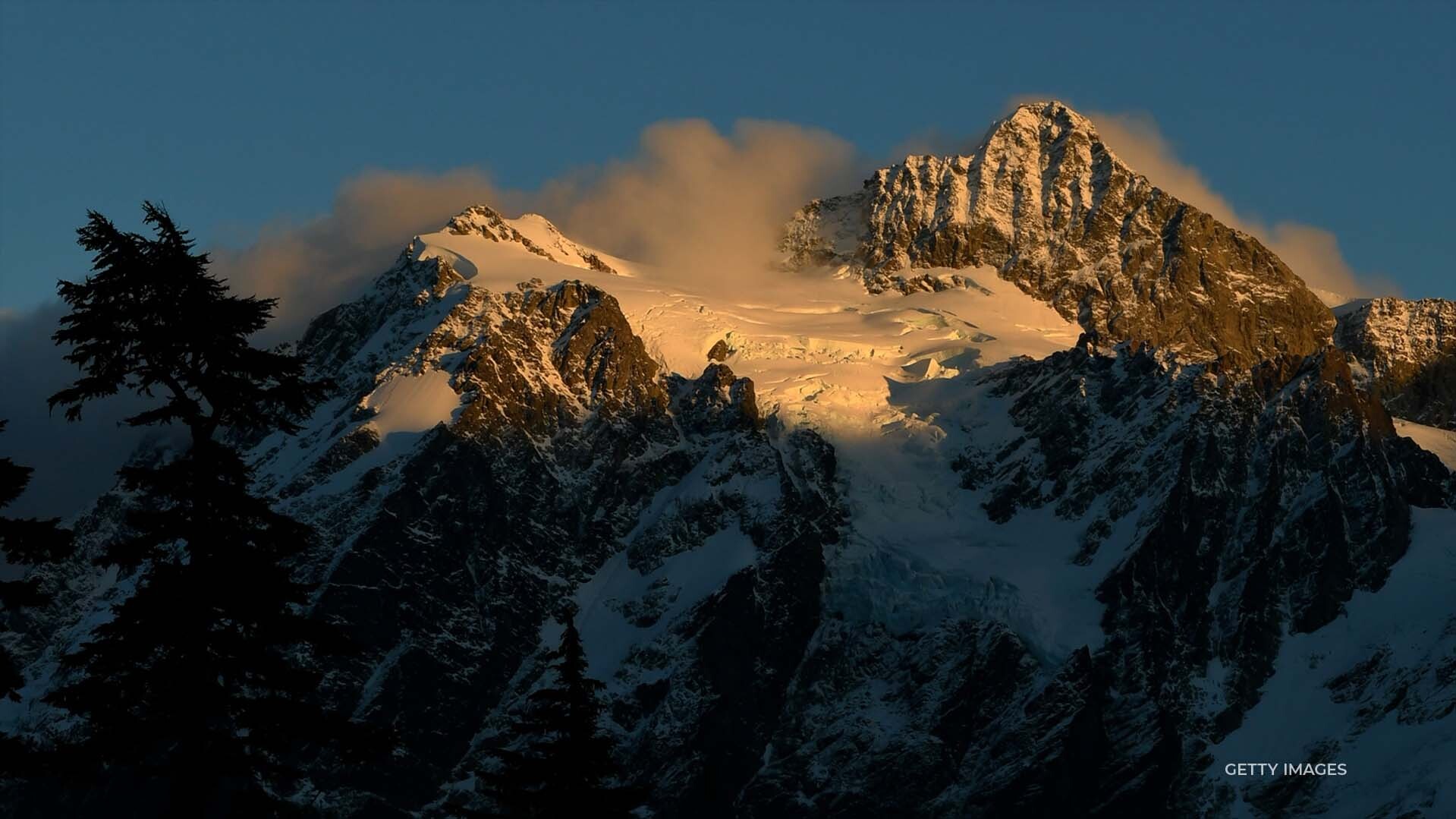
KARAH RUCKER: NORTH CASCADES NATIONAL PARK IN WASHINGTON HAS THE HIGHEST DEATH RATE AMONG NATIONAL PARKS IN THE U.S. ACCORDING TO THE NATIONAL PARK SERVICE, CASCADES HAD 3.7 DEATHS FOR EVERY 100,000 VISITORS FROM 2007 TO 2021. THAT’S MORE THAN THREE TIMES THE RATE OF THE NEXT DEADLIEST SITE, WRANGELL-ST. ELIAS NATIONAL PARK RESERVE IN ALASKA.
JASON MARTIN, A CLIMBER FOR 31 YEARS, HAS EXPERIENCE IN BOTH OF THESE PARKS.
JASON MARTIN | EXECUTIVE DIRECTOR, AMERICAN ALPINE INSTITUTE: “North Cascades National Park is unlike many other parks in that you can enter the park without a park pass. You don’t need to go through a booth. A lot of people enter the park and just go hiking or backpacking or climbing, mountaineering. Even things like canyoneering and things like that trail running. And so that immediately people are further away from the trailhead, or away from services than they are in a lot of other parks. There’s a higher number of people who are actively going into that park for more Adventure Recreation. The North Cascades is one of the few parks without a lot of easily accessible things for people who are visiting the park just as tourists.”
BETWEEN 2007 AND 2021, 14 PEOPLE DIED IN NORTH CASCADES, WHEN AN AVERAGE OF JUST OVER 25,000 PEOPLE VISITED ANNUALLY. BUT 25-THOUSAND VISITORS IS CONSIDERABLY LESS WHEN COMPARED TO WELL KNOWN PARKS LIKE LAKE MEAD, YOSEMITE OR THE GRAND CANYON. THOSE HAD A HIGHER NUMBER OF DEATHS, BUT A LOWER DEATH RATE THAN CASCADES.
STEPH ABEGG | DATA ANALYST, LONGPATH: “I’ve climbed all over the western United States but yet my two major injuries and accidents have occurred in the North Cascades so the trains rugged that that probably plays into it quite a bit.”
STEPH ABEGG HAS BEEN CLIMBING FOR 28 YEARS.
ABEGG: “There’s a lot of weathering in the North Cascades. It’s quite a wet climate. And so the granite there is kind of fractured and blocky and just a lot of freeze thaw and water and so things will break off a lot easier there than most places I’ve climbed.”
IN 2009, HER CLIMBING PARTNER HAD TO BE RESCUED FROM A MOUNTAIN AFTER A BOULDER – THE SIZE OF A WASHING MACHINE – BROKE LOOSE AND BROKE HIS LEG MID-CLIMB. JUST ONE YEAR LATER, THE SAME THING HAPPENED TO STEPH.
ABEGG: “North Cascades the rocket quality isn’t great. I had a few other close encounters with large rocks that could have been bad and we near misses, and I ended up moving. I love climbing and I wanted to stay alive and healthy and uninjured. And I ended up moving to Colorado to find a little better rock.”
MARTIN: 10:05 “The more training you have, the lower the likelihood is that you will have an accident. But it can still happen. Nobody’s saying that mountain climbing is safe.”
IN PART THREE OF OUR SERIES, THE HAZARDS EVERY PARK-GOER SHOULD BE AWARE OF.








